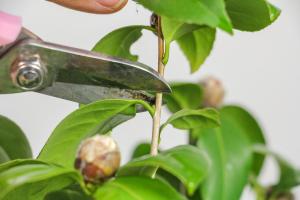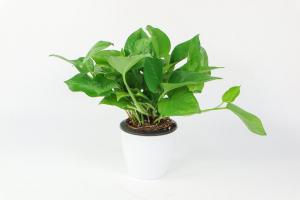How Water Pollution Affects Plants and Animals
Water pollution is a major issue that affects not only humans but also plants and animals. When harmful substances such as chemicals, oil, plastics, and sewage are dumped into rivers, lakes, oceans, and other water bodies, they can cause devastating effects on the aquatic ecosystem. In this article, we will discuss how water pollution affects plants and animals.
Effects of Water Pollution on Plants
Plants that grow in water bodies are exposed to various forms of pollution. They absorb pollutants through their roots and leaves, causing damage to their growth and development. Some of the effects of water pollution on plants include:
1. Reduced growth: Water pollution can stunt the growth of plants, making them weaker and less resistant to diseases.
2. Limited reproduction: Polluted water can affect the reproductive ability of plants, leading to a decrease in their population.
3. Death: Plants that are exposed to high levels of toxicity can die, resulting in a loss of plant life in the water body.
4. Harmful chemical absorption: Plants that absorb chemicals, such as lead and mercury, can become toxic to animals that feed on them.
Effects of Water Pollution on Animals
Animals that live in water bodies are also affected by pollution. They can be exposed to pollutants through direct contact with contaminated water or by feeding on polluted plants or other animals. Some of the effects of water pollution on animals include:
1. Changes in behavior: Pollution can alter the normal behavior of animals, making them more aggressive or less active.
2. Reproductive problems: Polluted water can lead to reproductive issues in animals, such as infertility and decreased population.
3. Disease: Animals that are exposed to high levels of pollution can develop various diseases, such as cancer, liver and kidney damage, and reproductive disorders.
4. Death: High levels of pollution can be lethal to animals, resulting in a loss of biodiversity in the water bodies.
Examples of Water Pollution
There are various forms of water pollution that affect plants and animals. Some of the common examples include:
1. Chemical pollution: Chemical substances such as fertilizers, pesticides, and heavy metals can contaminate water bodies.
2. Oil spills: Oil spills from ships, pipelines, and offshore drilling rigs can cause severe damage to the aquatic ecosystem.
3. Plastics: Plastics are non-biodegradable, and when they enter the water bodies, they break down into smaller particles called microplastics that can harm marine life.
4. Sewage and wastewater: Sewage and wastewater from industrial and domestic sources contain harmful chemicals and pathogens that can pollute water bodies.
Conclusion
Water pollution is a global issue that affects not only humans but also plants and animals. It is essential to take immediate action to reduce water pollution by enforcing strict regulations, promoting education and awareness campaigns, and implementing innovative solutions to prevent pollution from happening. By protecting our water bodies, we can ensure a healthy and sustainable environment for all living creatures.

 how many times do yo...
how many times do yo... how many planted tre...
how many planted tre... how many pine trees ...
how many pine trees ... how many pecan trees...
how many pecan trees... how many plants comp...
how many plants comp... how many plants can ...
how many plants can ... how many plants and ...
how many plants and ... how many pepper plan...
how many pepper plan...






























